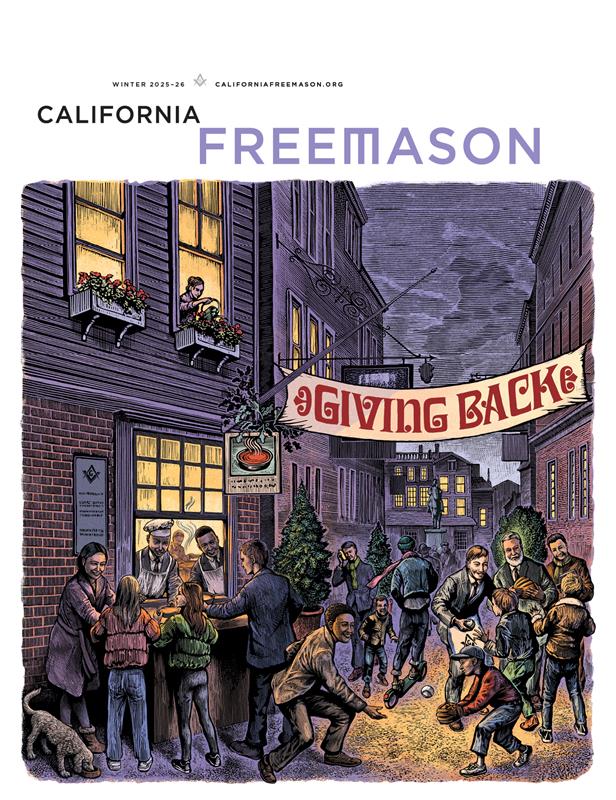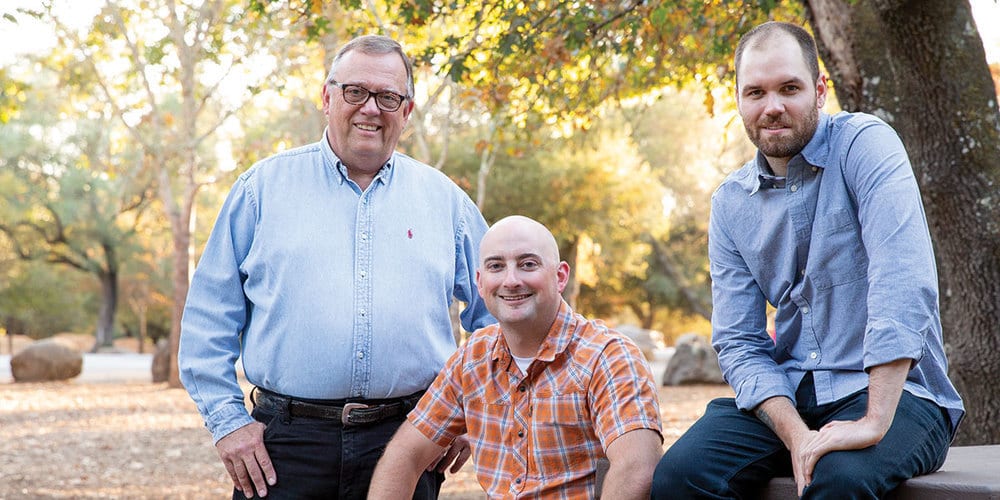How to Have a Virtual Hall Association Board Meeting
California law allows meetings of boards of directors to take place virtually (in other words, by phone or video-conferencing), unless such meetings are prohibited by the particular corporation’s articles or bylaws. Our standard Hall Association articles and bylaws do not prohibit virtual board meetings and we encourage Hall boards to continue to meet virtually during the COVID-19 crisis. Below are a few guidelines for holding virtual board meetings while COVID-19-related restrictions remain in effect.
- First, check your Hall’s Articles of Incorporation and Bylaws
- If your Hall has deviated from our form articles and bylaws, the first step is to confirm that your Hall’s articles and bylaws do not prohibit participating in meetings of the board of directors by phone or video communication.
- All Directors must be able to hear one another when meeting by telephone conference
- One of the technical requirements of California law is that participation in board meetings by conference phone will constitute presence at the board meeting “as long as all members participating in the meeting are able to hear one another.” Therefore, the chair of the meeting should confirm this fact at the beginning of the meeting and this confirmation should be reflected in the minutes of the meeting.
- All Directors must be able to communicate with each other and participate in a meeting conducted by video screen communication
- Two specific requirements must be met to hold a valid meeting by video screen communication.
- All directors must be able to communicate with all other members. Therefore, the individual chairing the meeting should confirm this fact at the beginning of the meeting and this confirmation should be reflected in the minutes of the meeting.
- Each director must also be provided a means of participating in all matters before the board, including the capacity to propose, or interpose an objection to, a specific action to be taken.
- Two specific requirements must be met to hold a valid meeting by video screen communication.
- Prior notice of the meeting must be provided
- If the meeting is not a regular meeting of the board, California law and our form bylaws provide that prior notice must be given with six days’ prior notice by mail or 48 hours’ prior notice delivered personally or by telephone, including voicemail. This prior notice should include the conference call dial-in information or instructions for participation by video screen communication. If proper notice was not given or practical under the circumstances, waivers of notice by directors should be obtained and retained with the minutes of the meeting.
- Quorum and Proxy requirements remain the same
- Two thirds of the authorized number of directors constitute a quorum for the transaction of business, except to adjourn. A majority of directors present at a meeting are required to approve any action. A director shall not grant a proxy to another director.
Unanimous Written Consent in Lieu of Meeting
Another option during this difficult time is for a board to act by unanimous written consent. Form Hall bylaws allows Hall boards to take an action without a meeting if all directors consent in writing to such action. Such written consents must spell out precisely what action the board is taking or approving, be signed by all directors in order to be effective, and once signed by all directors must be filed with the other minutes of the Board.
Board Meeting Guests
Finally, we note that form Hall bylaws give all members of the Lodge, the District Inspector, and the Grand Master’s designated representative (if any) the right to attend hall board meetings and ask pertinent questions concerning matters under consideration during the meeting. Such “guests” of a Hall board meeting do not have the right to participate in deliberations or vote. Because of these “guest” rights, notice and dial-in information for virtual Hall board meetings should be distributed to these potential meeting guests.


